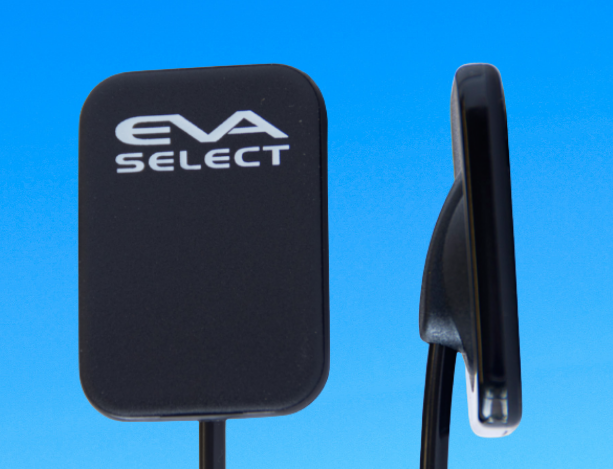 At ImageWorks, we have helped many thousands of dental professionals optimize their digital imaging, and here is a common scenario:
At ImageWorks, we have helped many thousands of dental professionals optimize their digital imaging, and here is a common scenario:
The office has a digital intraoral system, and they need to add a sensor. They don’t want to overpay for a name brand sensor. However, they need to make sure the staff will be able to efficiently capture great intraoral images.
Therefore, they are looking for a sensor that not only works well, but also works well with their existing software.
To find the right sensor for this office, there are obvious aspects to consider like image quality of the sensor and support from the provider. However, there are two often overlooked aspects that can help an office save money on a sensor system without sacrificing quality or workflow efficiency.
Does the sensor slow the hygienist down during the capture sequence?
Many 3rd party sensors may be able to capture an image into your imaging software. However, during multi-image capture sequences (e.g. a bitewing study, FMX, etc) many of these sensors will require the hygienist to click in the software after capturing each image.
For hygienists, capturing intraoral images is already a complex process with many moving parts. Further difficulty arises with a patient that may be in some level of discomfort during the process. As a result, using a sensor system that requires the hygienist to also click on the PC in between every exposure may make both the staff and the patients very grumpy.
Does the sensor offer image optimization filters?
This is an important and sometimes overlooked capability for a few reasons. First, it’s worth noting that filters play an important role in the resulting image quality of every sensor. A sensor that has poorly applied filters will result in a poor image no matter how great the sensor is.
Second, many times the imaging software cannot (or will not) apply any filters to the image captured with a 3rd party sensor. As a result, the sensor must have its own filter capability to assure the resulting images will reflect the true quality of the sensor.
If you want to maximize your ROI with a sensor that is going to give you fantastic images, give us a call to see how we can help you.
Learn more about the Eva Select Dental Sensors from ImageWorks
